How fashion is adapting to a digitised virtual future
The show must go on! As New York Fashion Week 's innovative digital platform RUNWAY360 launches, we take a look at the luxury industry's virtual progressions
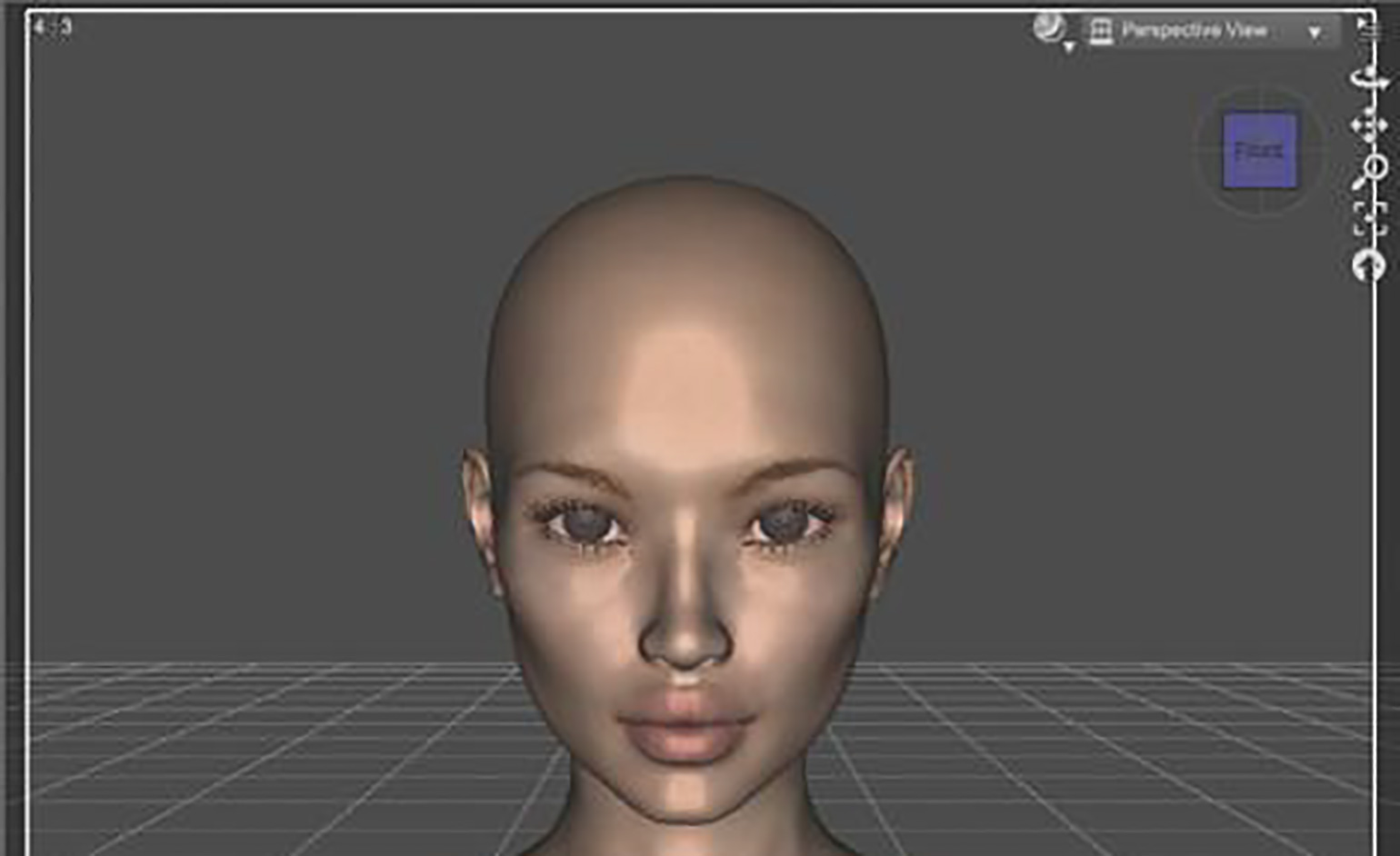
The pandemic may have put paid to physical fashion shows, but July saw an outpouring of creativity and ingenuity as designers and brands turned to other channels to present their S/S21 menswear and haute couture collections. The challenge to create designs and gure out new methods of showcasing them also occurred during lockdown, with teams collaborating remotely via Zoom and on socially distanced shoots. The big democratising upside of digital fashion weeks that started with Shanghai in March is that everyone worldwide has a front-row view. This week also sees the launch of RUNWAY360, a new digital platform launched by the CFDA to showcase New York Fashion Week S/S 2021 which will debut collections using a host of different formats, beginning with Jason Wu and concluding with Tom Ford.
Out of this year's chaos and seemingly impossible circumstances, fashion has been shot into digital space and it is proving a fascinating journey. The shows did go on, with designs featured on avatars (Ralph
& Russo, August Getty Atelier), in 3D animations (Botter, Louis Vuitton) and in delightful mini films that blend real and fantasy worlds. Iris van Herpen cast Game
of Thrones’ Carice van Houten in her Escher- in infuenced multifaceted film, with hyper-real close-ups of fabric and embellishments.
At Dior, Maria Grazia Chiuri enlisted film director Matteo Garrone (Dogman, Pinocchio) who created a schmaltzy fairytale short,
Le Mythe, that saw nymphs frolic in CGI bucolic landscapes and encounter the collection in the form of miniature gowns that arrived in a portable ‘maison’ carried by bellboys. The piece was bookended with real footage from the couture atelier, featuring the petites mains making couture gowns
at 40 per cent scale, echoing the miniature mannequins that Christian Dior created to promote collections in 1944.
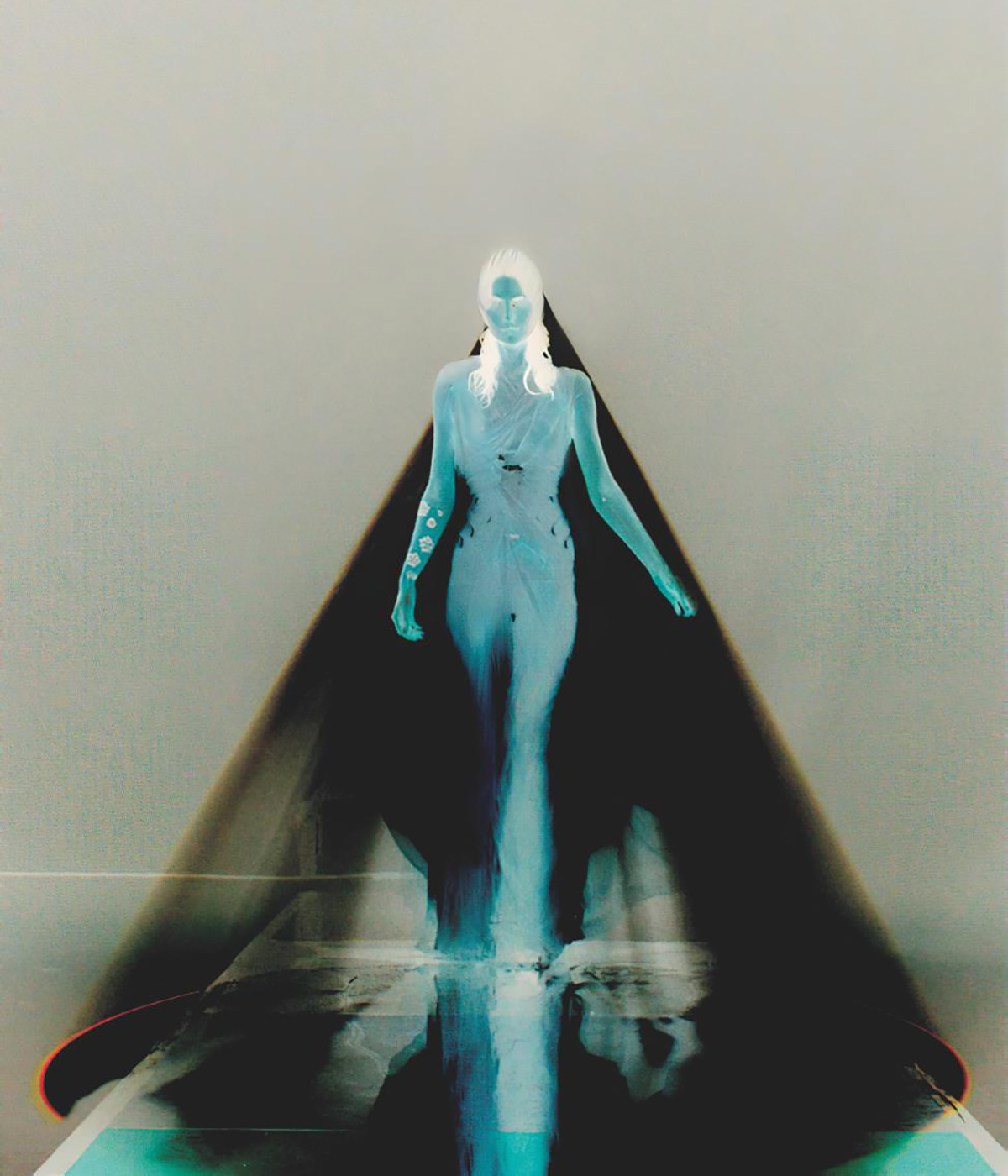
John Galliano and Nick Knight’s dramatic promotion of the Maison Margiela’s A/W 2020 Co-Ed Artisanal collection
Meanwhile at Maison Margiela, John Galliano and Nick Knight collaborated on
a thrilling film spun out through teaser
clips on Instagram to promote the Artisanal collection. It features models swaggering and posing in painterly chromatic compositions, like otherworldly spectres in dramatic silhouettes. You could call it hallucinogenic haute couture. Knight also worked on a film to accompany Valentino’s collection, debuted at a live show at Cinecittà Studios in Rome.
Some presentations were punkish and DIY – Boramy Viguier’s spinning lookbook images overlaid on a Dadaist collage background – and others, airy and lyrical. Issey Miyake’s choreographed ‘show’, entitled Meet Your New Self, blended free-form dance sequences with fantasy ights across cityscapes and animations of blooming fabric houseplants made of the brand’s signature Pleats fabric. The lm was directed by Yusuke Kobayashi, with digital e ects by Whiteboard Ltd.
While fashion creatives are acutely aware of what they are missing – the emotional and storytelling impact of IRL fashion shows – and editors and buyers yearn for the group experience and the tactile examination of collections, eyes have had to be opened to new alternatives. Just as football teams adjust to the reality of empty stadiums, fashion is adjusting to displaced realities.
‘The pandemic in all its awfulness has allowed people to step off the treadmill and address how they want to express themselves creatively. The question of showing a collection through any means except for
a catwalk has stimulated invention,’ says Knight, who set up Showstudio as a hub for fashion filmmaking some 20 years ago. ‘The medium of the catwalk show really came into being in the 1940s. The fashion business is
a different beast today, yet the show system has not changed and there’s a big disconnect. ‘I have been working with models on Zoom shoots,’ he says. ‘The make-up artist might be in LA, the stylist in Jamaica and I “direct” the web camera, working with the available light in the room. It’s thrilling and just as creatively demanding as working on set. I am a rm believer in using everything that comes to hand, whether that’s an iPhone or a thermal camera or a security camera or a 3D scan, or an X-ray – these are all tools like charcoal or oil or a pencil. Art has come out of the gallery and lm out of the physical “set”.’ It is strange, he adds that while fashion is a cutting-edge art form, the show system ‘has been so wedded to the past’.
‘There are a lot of similarities between a digital atelier and a couture one. We replicate seams and cuts so the clothes move in tune with the body, as the materials would IRL,’ – Leanne Elliott Young, co-founder of the London-based agency, Institute of Digital Fashion.
During lockdown, Knight masterminded a CGI avatar of Kendall Jenner for Riccardo Tisci at Burberry. It started with Jenner photographing herself at home, with Knight creating a digital Jenner body using a model in a motion-capture suit, and was set against a minimalist architectural background in CGI resembling an empty pool. Burberry will be staging a live show in September outdoors but with no spectators.
As brands turn to animation, CGI and VFX, there are learning curves on both sides. Creative digital studios might be whizzes at building immersive AR worlds for gaming, but rendering the lustre, embroidery, and detail of an £80,000 haute couture gown, and translating the ‘dream’ of fashion into movement and setting demands new skill sets, processes, deep pockets and patience. ‘There are a lot of similarities between a digital atelier and a couture one. We replicate seams and cuts so the clothes move in tune with the body, as the materials would IRL,’ says Leanne Elliott Young, co-founder of the London-based agency, Institute of Digital Fashion. ‘Yet brands often have no idea of the application involved, the timelines or the processes. The current crisis has acted as an accelerator.
Tuning into a digital experience would have been a massive ask for consumers, buyers and press; now we have found our audience much more open,’ says Young, who with co-founder and digital artist Cattytay is working on a series called Tinnitus for LA- based August Getty. The designer, an activist within the LGBTQ community, describes it as ‘a modern biopic, a bold alternative to the tired narratives of couture, a series not a show, a new world not our old one.’ The project will be introduced through social media, web and press as a series over six months. Says Young, ‘Strategically we built in a level of intrigue and a narrative with crescendos and characters. The characters and landscapes are beyond our realities, very fitting for a brand that is thinking beyond seasons. The viewing is no longer con ned to old hierarchies of front row or backstage, or the limitations of live streaming. This is a democratised viewing portal.’
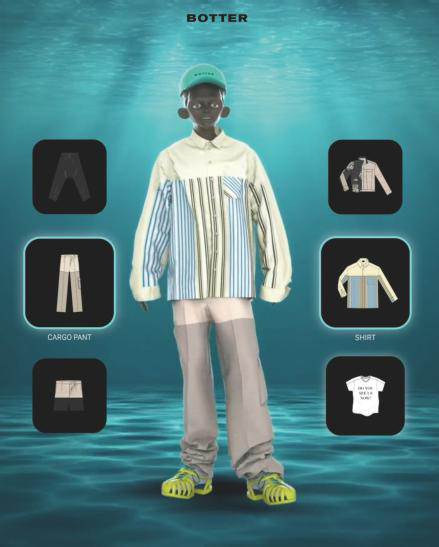
A digital cloakroom developed by Trappist Monk allows users to dress cartoon character Aqua Novio for S/S21
Digital showcases can also be nostalgic. Lisi Herrebrugh and Rushemy Botter, co-founders of the Botter menswear label, commissioned animation studio Trappist Monk to create a game featuring their character, Aqua Novio. ‘My first experience of virtual worlds was through Nintendo. We wanted to recapture some of the excitement of choosing your player and the outfit,’ says Botter of their amicable cartoon figure, who tries on out oufits with the click of a cursor. ‘The most important thing about fashion is to express emotions and put out something new, but you can’t compare these digital pieces to a catwalk show, which is when you invite people into your world with music and real emotions. It is a complement,’ says Herrebrugh, who also presented a short lm shot in the atelier with two models.
At Louis Vuitton, Virgil Abloh likewise embraced a sense of playfulness. His cartoon The Adventures of Zoooom with Friends saw stowaway characters bursting out of shipping containers and gamboling through the sites of Paris in Abloh’s sunny clothes. The ten- minute work married FX animation by Re ieknow, of Fashion Figure Inc, with 3D modelling, texturing and scenic visuals. To note: the credit list, spanning studios, styling, casting and visual effects, was longer than the IRL fashion show equivalent. Such animations are not a budget option. It takes two days just to render a couture look on an avatar, and a suite of software tools. ‘We analyse the fabric weight and drape against the esh and calculate this exact detailing when simulating the collision between garment and digital human,’ says Cattytay of digitisation’s painstaking process.

An avatar called Hauli, created by studio VSLB, poses in looks from the A/W20 couture collection
For its avatar-driven couture presentation, Ralph & Russo worked with Seoul-based digital design studio VSLB. Tamara Ralph’s idea was for a cyber model called Hauli (meaning strength and power in Swahili) to pose in front of the Seven Wonders of the World. Says Sarah Schmidt, VSLB’s CEO and founder, ‘First, we built the avatar body with the precise body type for haute couture and set the poses and created the textures for the skin, eyes and hair. Next, we modelled the base shape of the garments to the avatar in a T pose. From the T pose, the avatar was animated to the final pose to simulate the look. Fabric textures followed, while jewellery and accessories were created in dierent software. Each piece was brought as a raw file into the final rendering software, where we textured the look. Each back plate received special lighting settings to enhance colours.
The digital reinvention of the show might have been considered ‘counter-cultural’ ve years ago. Now, the medium appears a viable alternative. It’s also friendlier to the planet than physical shows and shoots, with their elaborate sets and vast teams that, along with the audience, y into fashion capitals from all over the world. The Fashion Innovation Agency at the London College of Fashion is working on a project with experience creation studio Helo, AR pioneers Rewind, and design agency Twin Studio. ‘The shift is being brought about by necessity, but the benefits will far outweigh the criticism in the long term. Covid-19 has accelerated the dawn of the fourth industrial revolution in many industries, including fashion. Digitisation is less wasteful and more inclusive,’ says Phoebe Smith, managing director of Helo, which has bases in London, New York and LA.
There is a cluster of brands and designers who are also choosing to show off-grid or in hybrid ‘phy-gital’ shows. Saint Laurent and Gucci will not be taking part in forthcoming September fashion weeks. Meanwhile, show design and production agency Bureau de Betak set up a division, Bureau Future, two years ago, specialising in digital strategy and technology that amplies the live event online. Says founder Alex de Betak, ‘One of the tools that will help fashion become more eco-responsible is digital broadcasting. Covid-19 has accelerated that need, as will the recession. Nothing can replace the live events and physical encounters, but the parameters of the show need to be updated with a reduction in the size of the audience.
Without the constraints that come with a huge audience, designers are freed up creatively.’ De Betak produced a Jacquemus show off-schedule in a Paris suburb in July for a restricted audience, and a Dior cruise presentation in Puglia, Italy. ‘We are looking at how to amplify the experience online with interactive features and AR. With that shift brands can attract fresh eyes and audiences.’ What the new era of showmanship is giving fashion enthusiasts as well as industry professionals is an unprecedented insight into the ateliers, the processes and the inspirations behind the collections. It is pushing the parameters and expanding the ideals and aspirations that fashion embodies.
This article originally appeared in the September 2020 issue of Wallpaper* (W*257) – on newsstands now and available for free download here
Receive our daily digest of inspiration, escapism and design stories from around the world direct to your inbox.
-
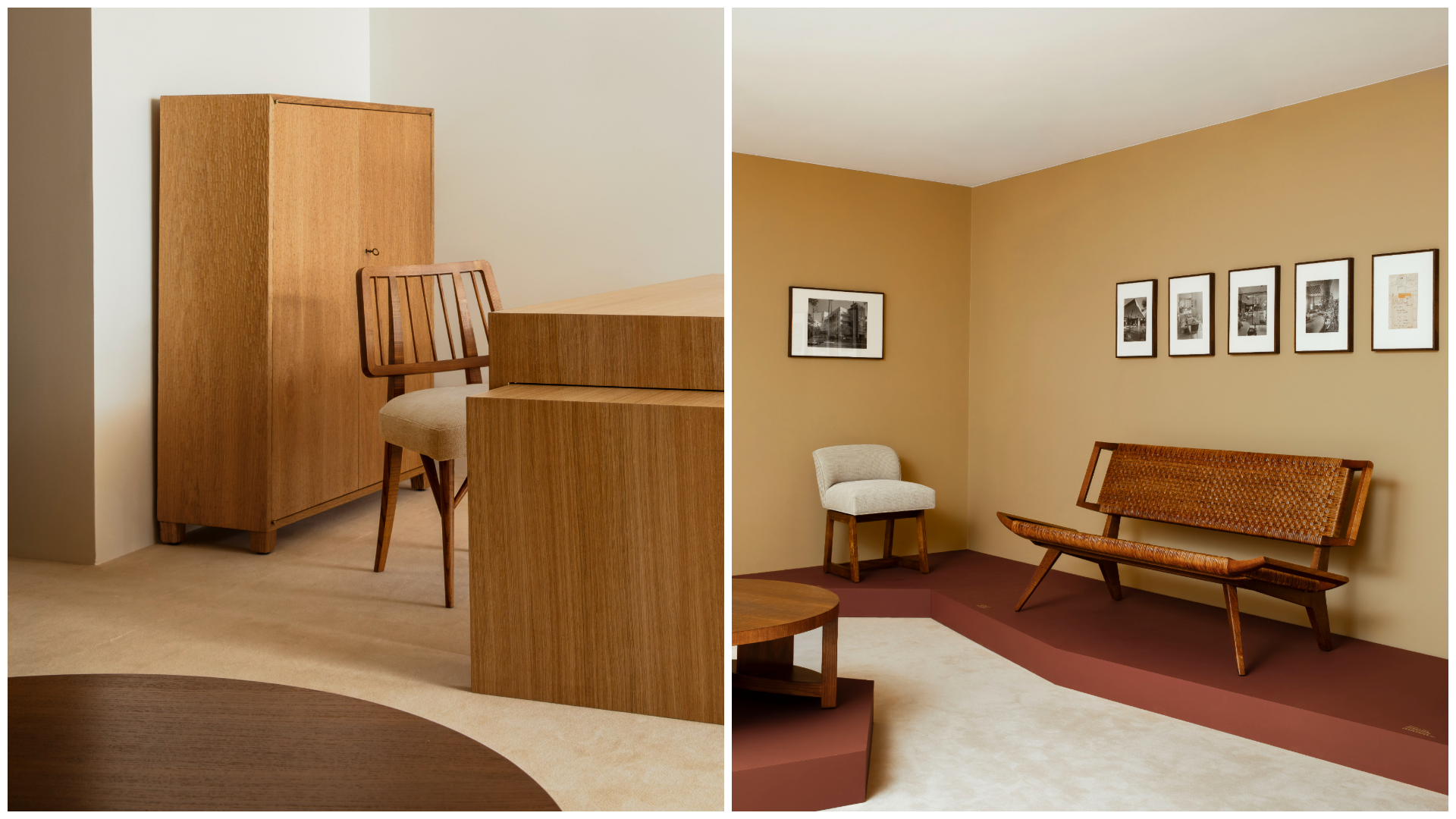 Pierre Yovanovitch on reviving French design house Ecart, and the ‘beautiful things’ ahead
Pierre Yovanovitch on reviving French design house Ecart, and the ‘beautiful things’ aheadTwo years after acquiring Ecart, Yovanovitch unveils his plans for the design house founded by Andrée Putman and now relaunched with a series of reissues by American-Hungarian émigré Paul László
-
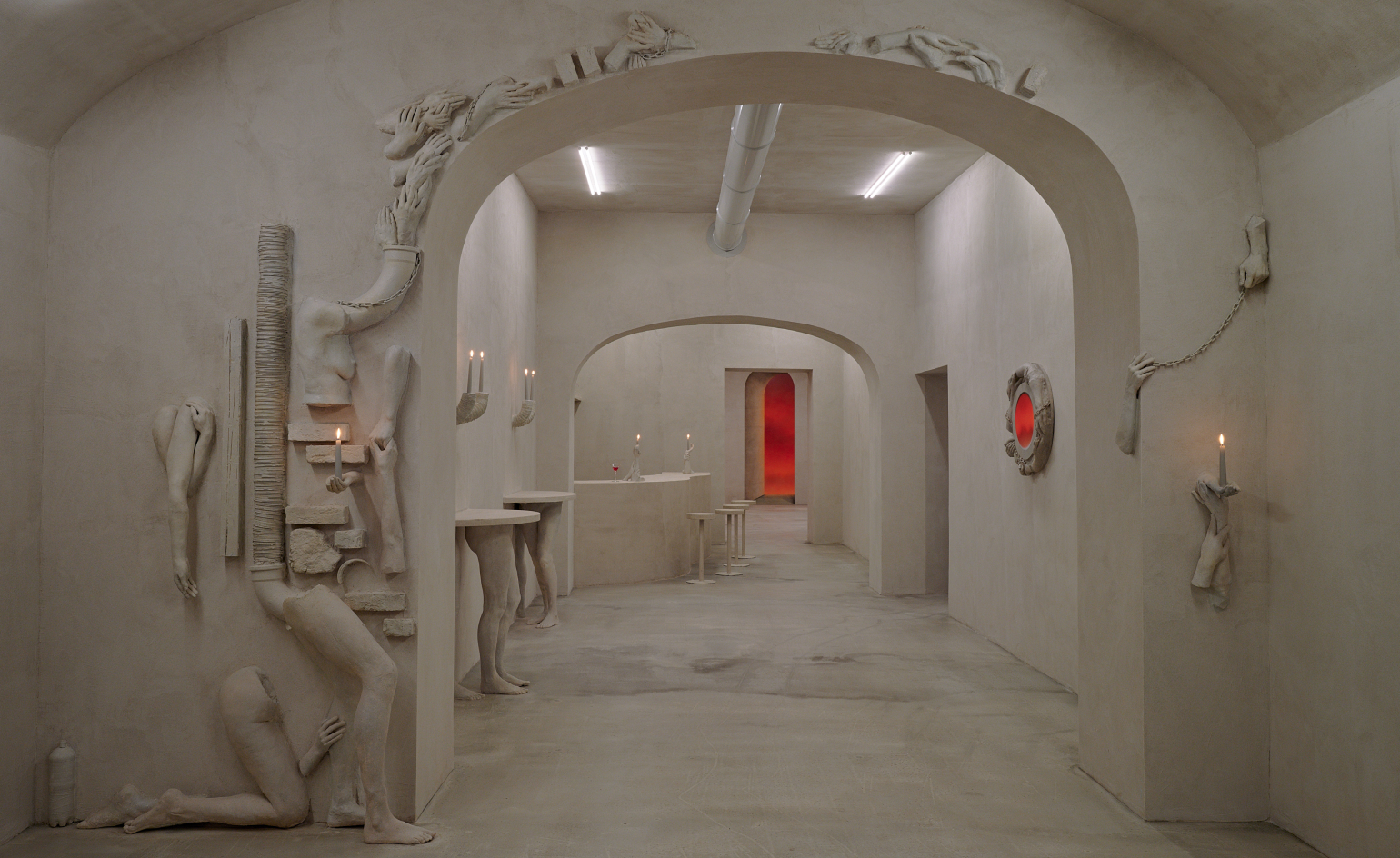 Rome’s hottest new bar is a temporary art installation – don’t miss it
Rome’s hottest new bar is a temporary art installation – don’t miss itVilla Lontana presents ‘Bar Far’, a striking exhibition by British artists Clementine Keith-Roach and Christopher Page, where nothing is what it seems
-
 Apple unveils Creator Studio, a new subscription service for its top-tier creative apps
Apple unveils Creator Studio, a new subscription service for its top-tier creative appsApple Creator Studio brings together Logic Pro, Final Cut Pro and a host of other pro-grade creative apps, as well as a new level of AI-assisted content search
-
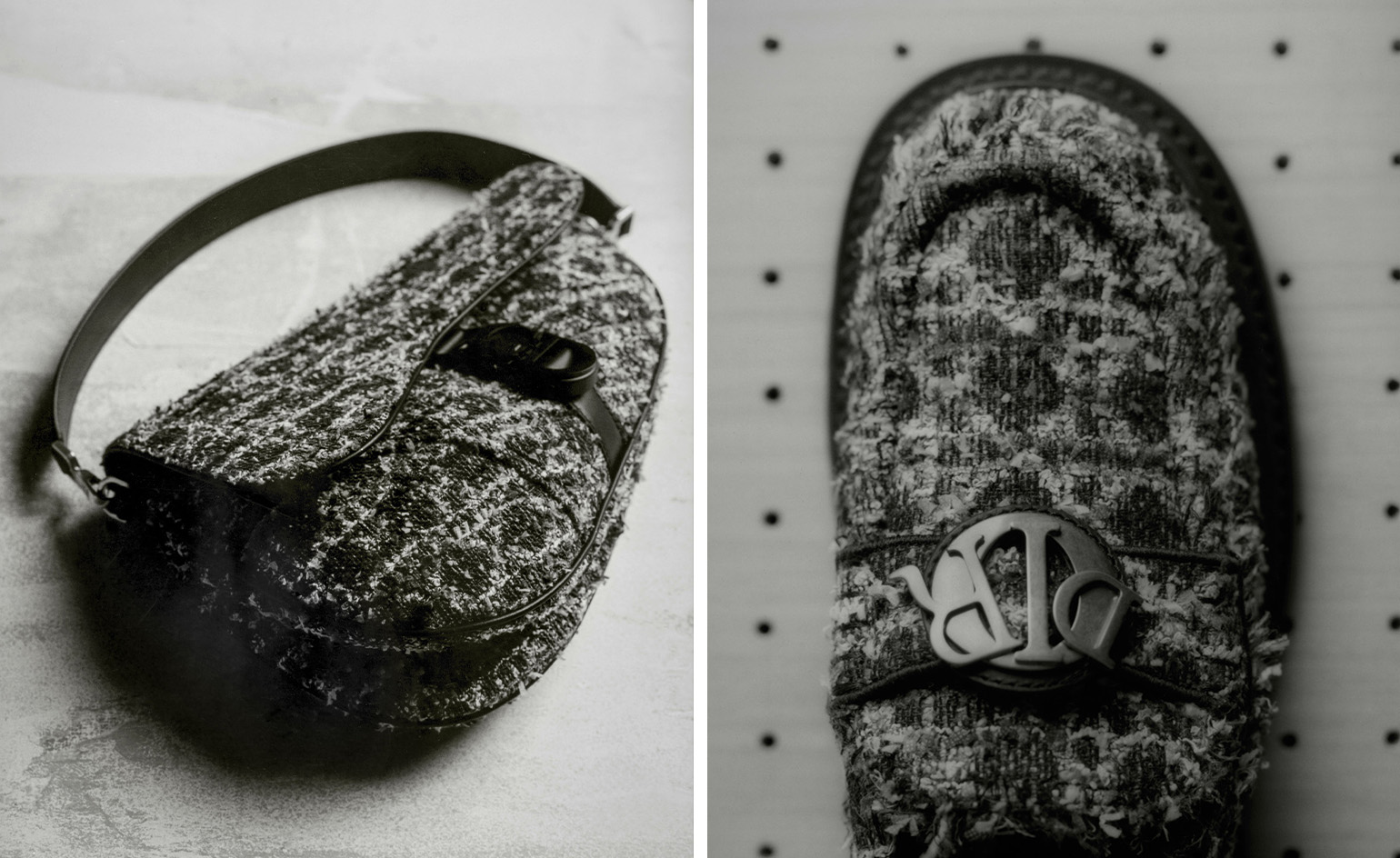 Kim Jones’ Dior Men accessories channel the rebellious spirit of the Buffalo Collective
Kim Jones’ Dior Men accessories channel the rebellious spirit of the Buffalo CollectiveAgitator and establishment meet in Kim Jones’ S/S 2024 Dior Men accessories, inspired at once by the house’s history of haute couture and Ray Petri’s 1980s Buffalo Collective
-
 Dior Spa at Hôtel Plaza Athénée is a Parisian haven for the sleep-deprived
Dior Spa at Hôtel Plaza Athénée is a Parisian haven for the sleep-deprivedOn World Sleep Day, head to the Dior Spa at Hôtel Plaza Athénée to experience its Light Suite, the first of its kind in Paris
-
 Extraordinary runway sets from the A/W 2024 shows
Extraordinary runway sets from the A/W 2024 shows12 scene-stealing runway sets and show spaces from A/W 2024 fashion month, featuring Murano-glass cacti, rubber armchairs, flashing orbs and more
-
 Documentary ‘High & Low’ charts the rise, fall and redemption of John Galliano
Documentary ‘High & Low’ charts the rise, fall and redemption of John Galliano‘High & Low: John Galliano’ (released today) dissects the designer’s showstopping contributions to fashion against the backdrop of his turbulent life. Here, director Kevin Macdonald tells Wallpaper* more
-
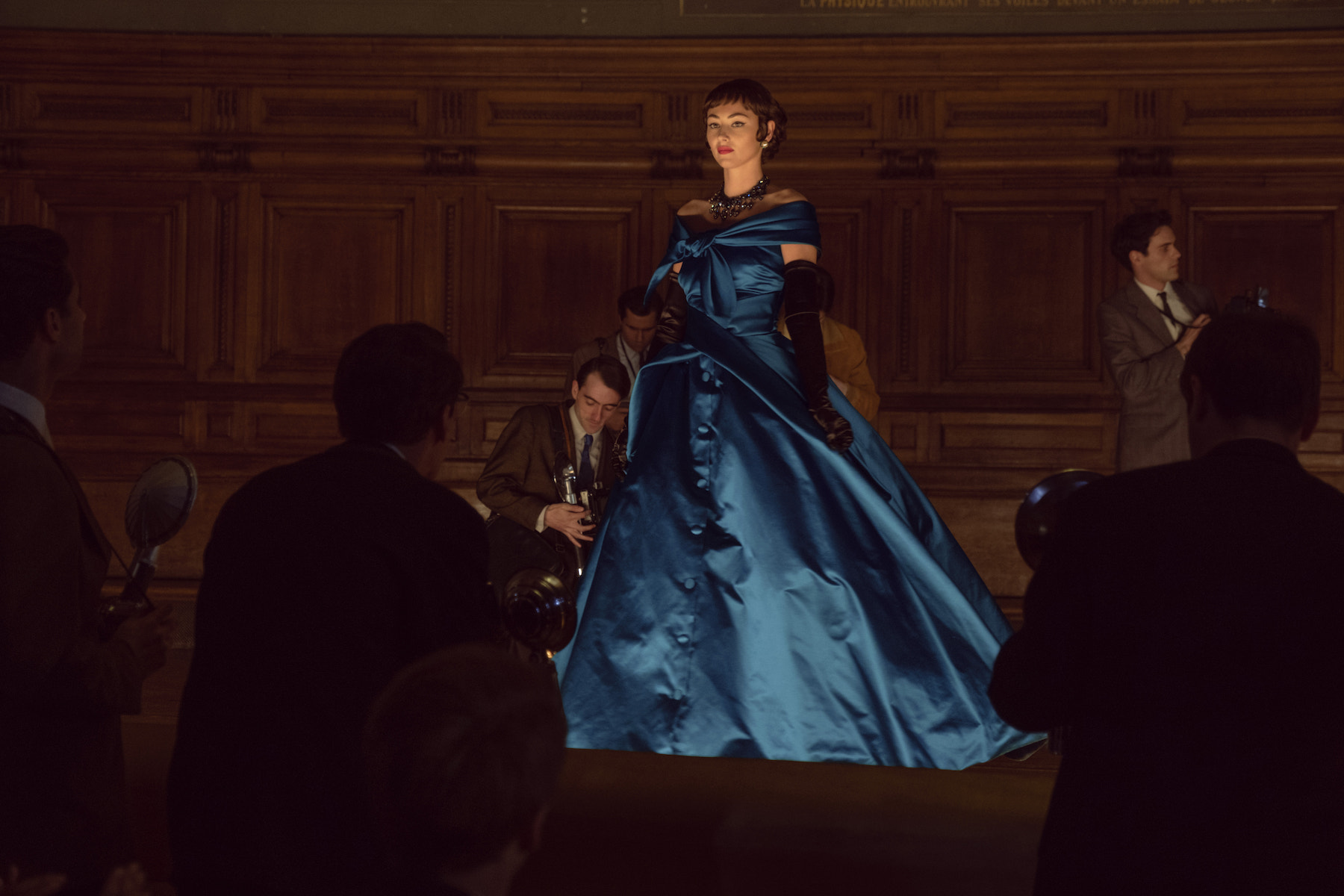 ’The New Look’ costume designer on recreating Christian Dior’s seminal silhouettes
’The New Look’ costume designer on recreating Christian Dior’s seminal silhouettes‘The New Look’ on Apple TV+ traces the creation of Christian Dior’s defining silhouettes against the backdrop of the Second World War. Costume designer Karen Muller Serreau tells Wallpaper* how she recreated the era
-
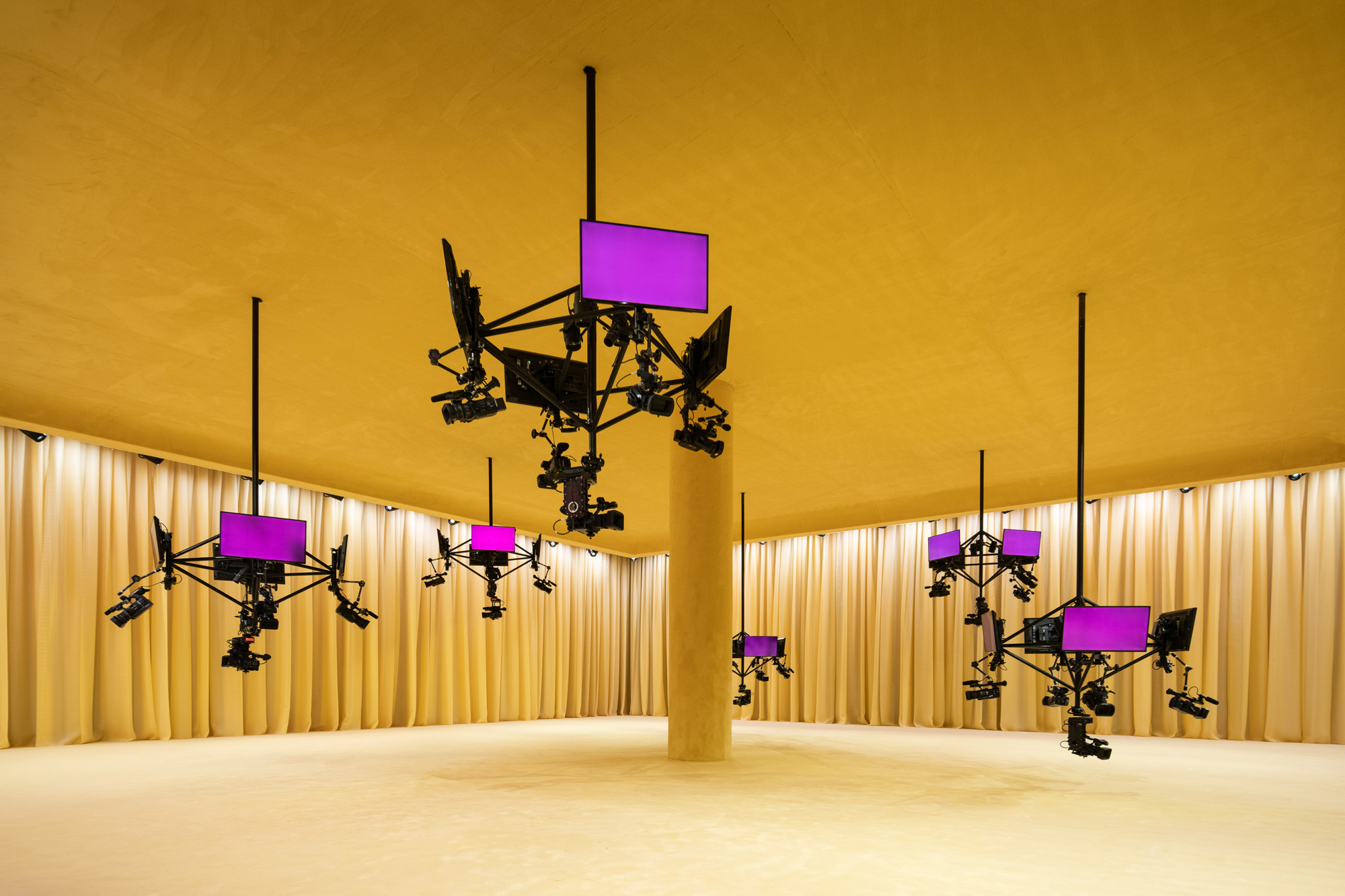 OMA/AMO and Prada celebrate 25 years of extraordinary runway sets
OMA/AMO and Prada celebrate 25 years of extraordinary runway setsRem Koolhaas unpacks OMA/AMO’s unique creative collaboration with Prada, which has led to some of contemporary fashion’s most striking runway sets
-
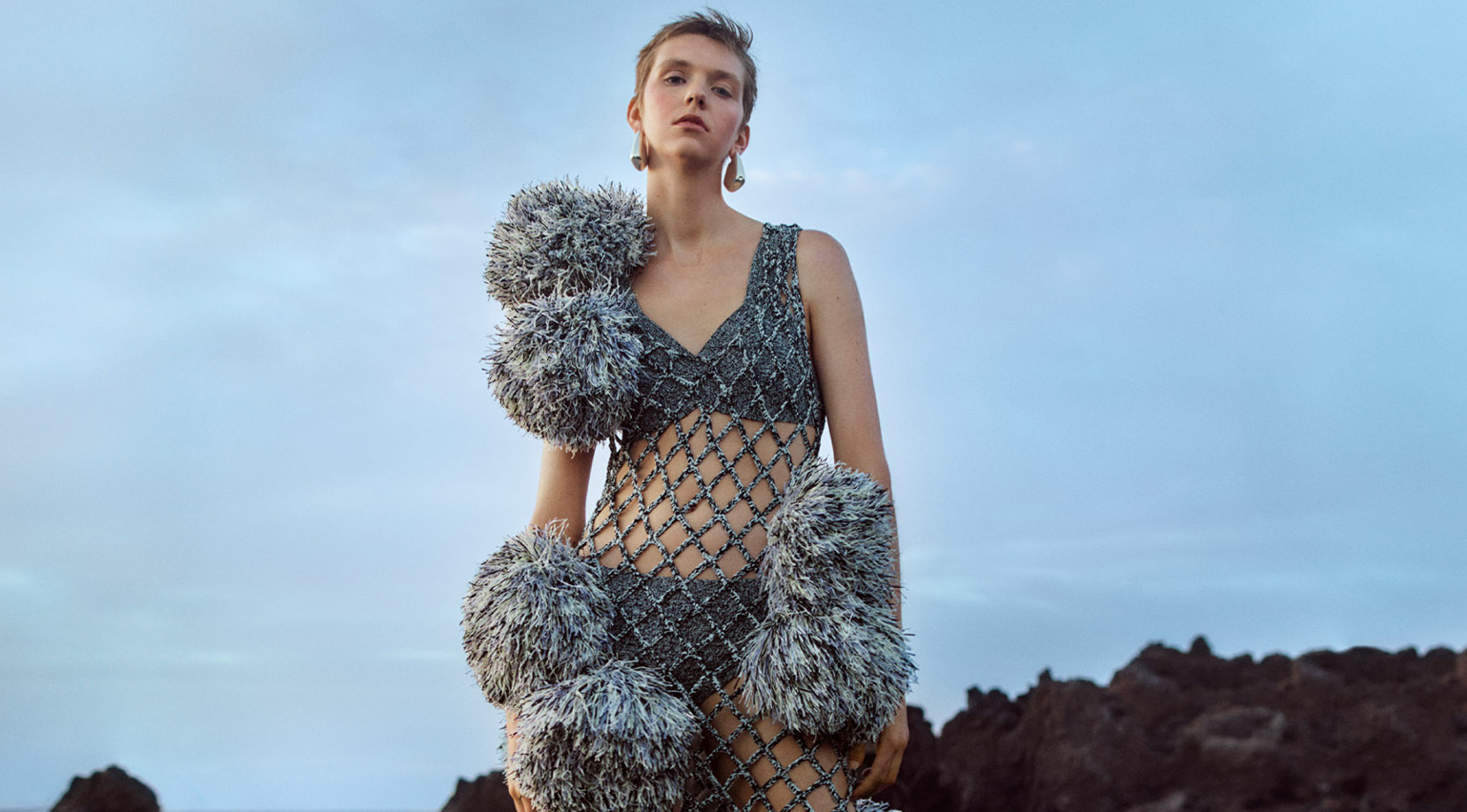 This season’s womenswear channels freedom and escape
This season’s womenswear channels freedom and escapeThese S/S 2024 womenswear looks promise an escape from the everyday, and are photographed amid the otherwordly landscapes of the Canary Islands for the March 2024 Style Issue of Wallpaper*
-
 In fashion: the best of S/S 2024 in 12 transporting looks and accessories
In fashion: the best of S/S 2024 in 12 transporting looks and accessoriesThe looks and objects that encapsulate S/S 2024’s mood of escape and discovery, from crystal-studded sunglasses to behemothic beach bags